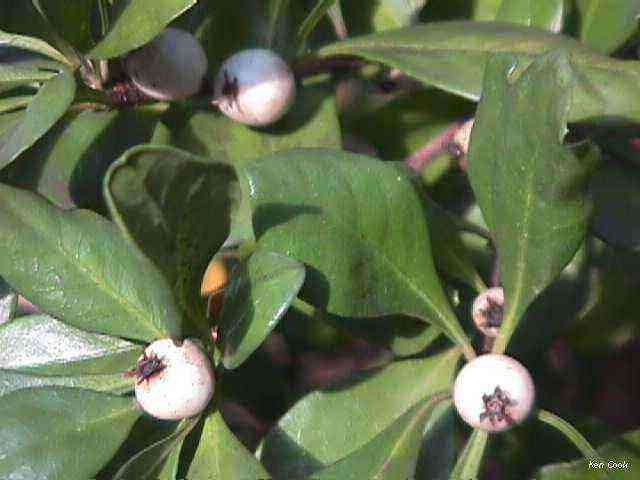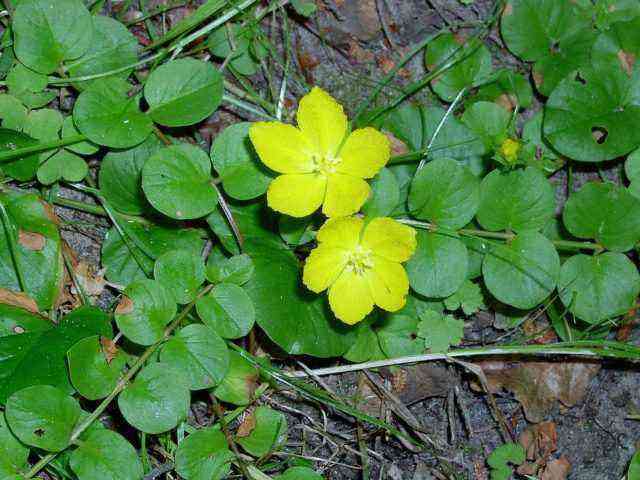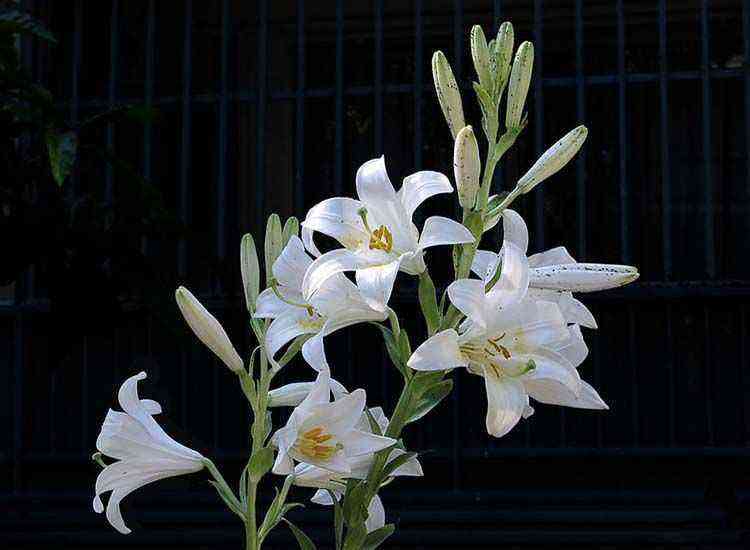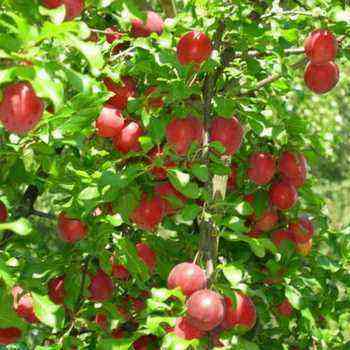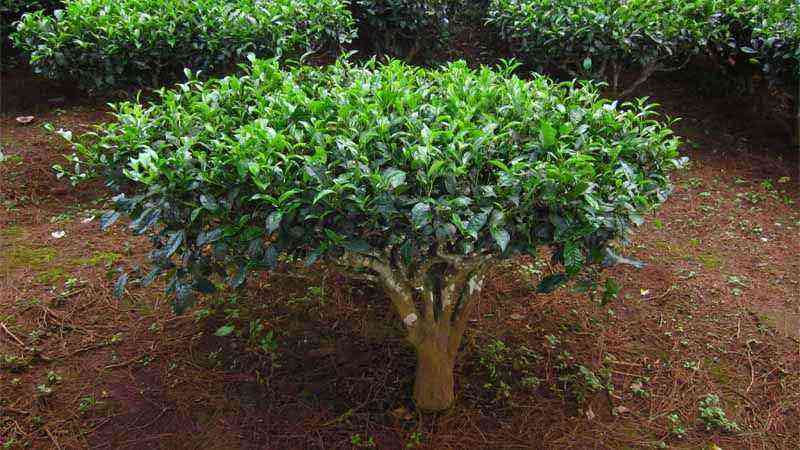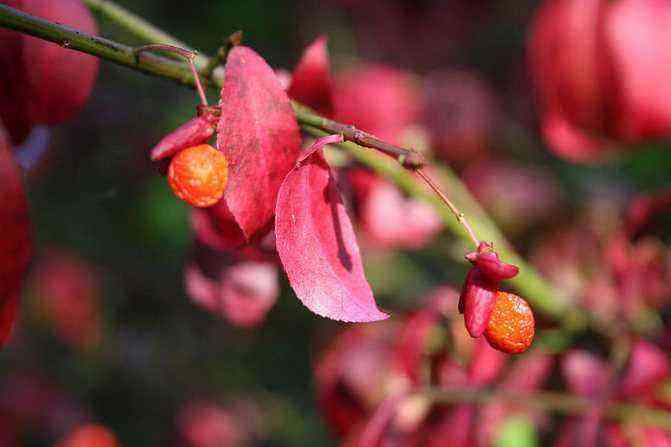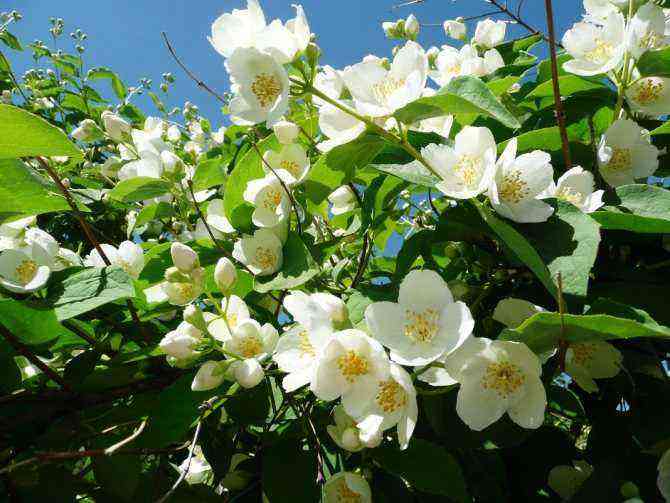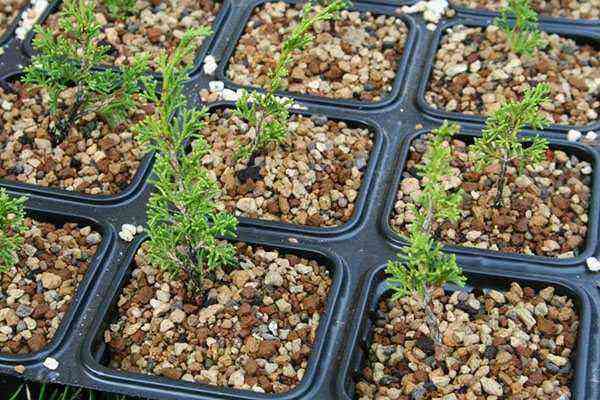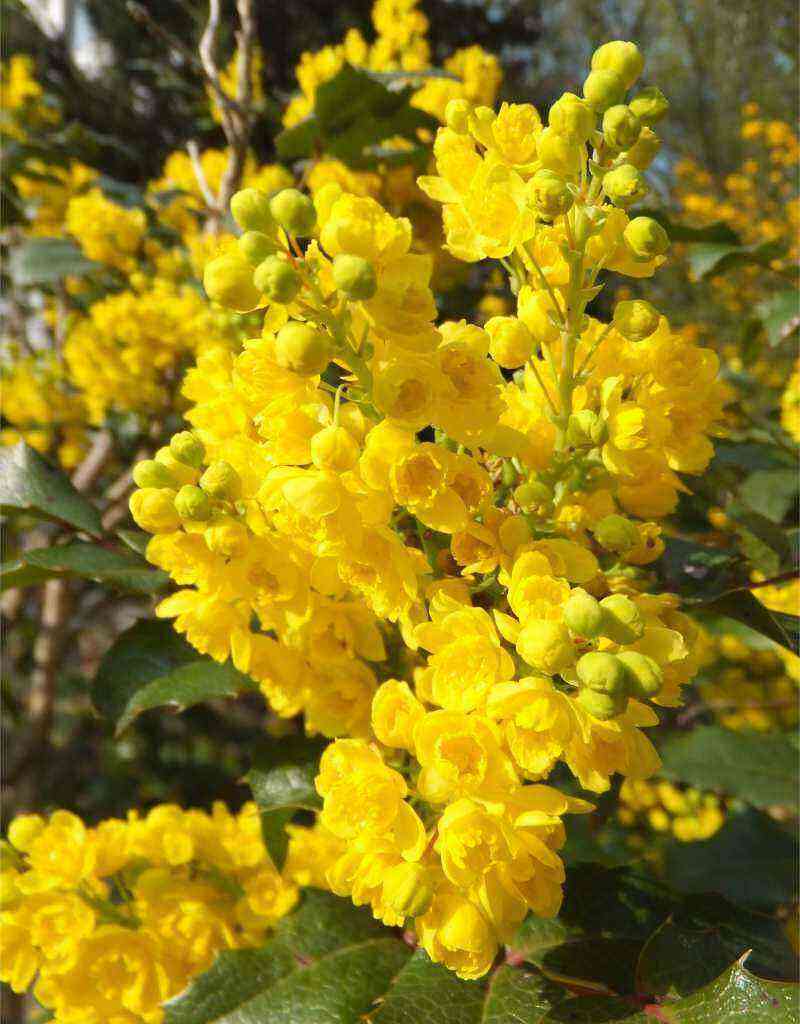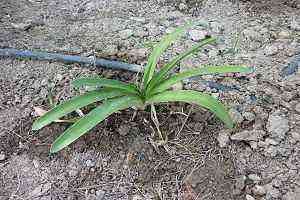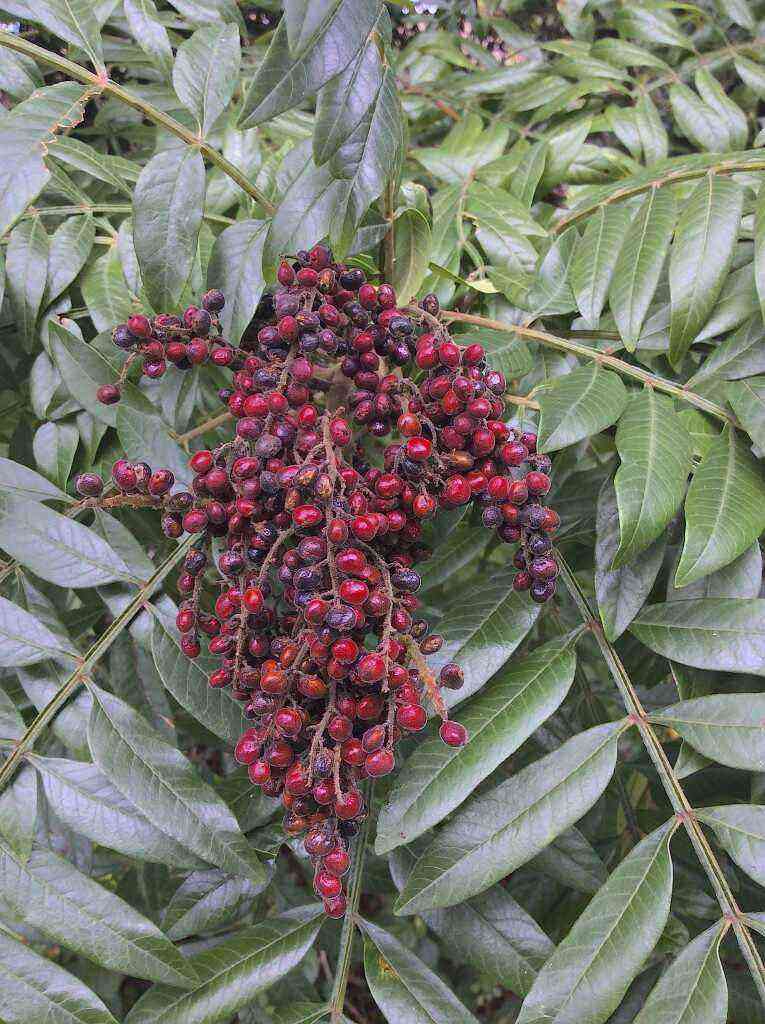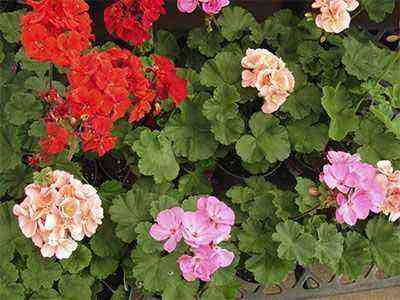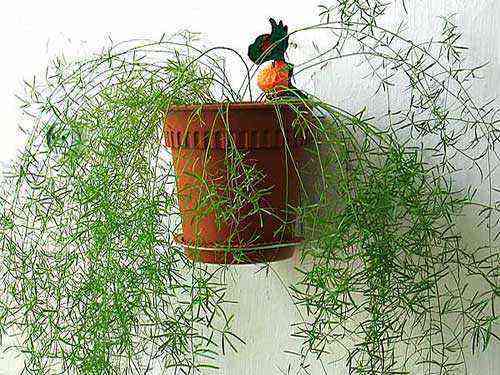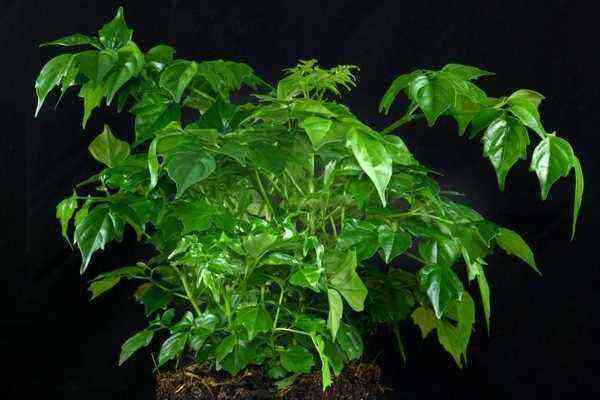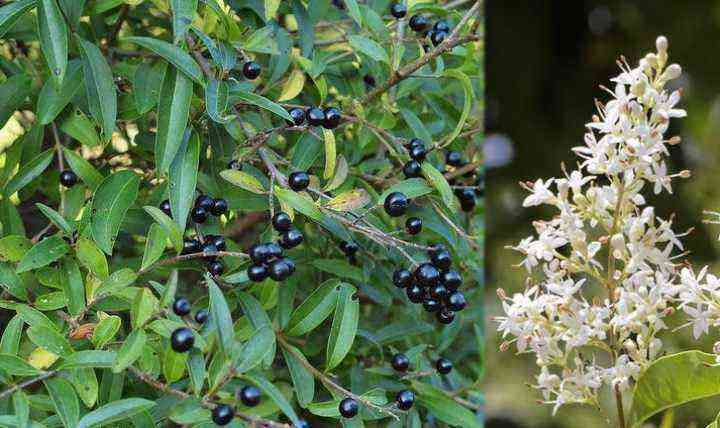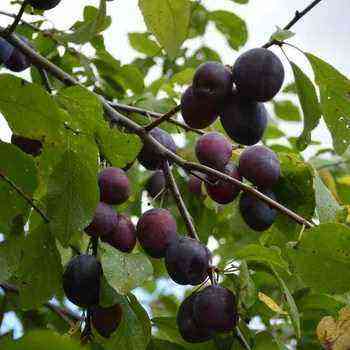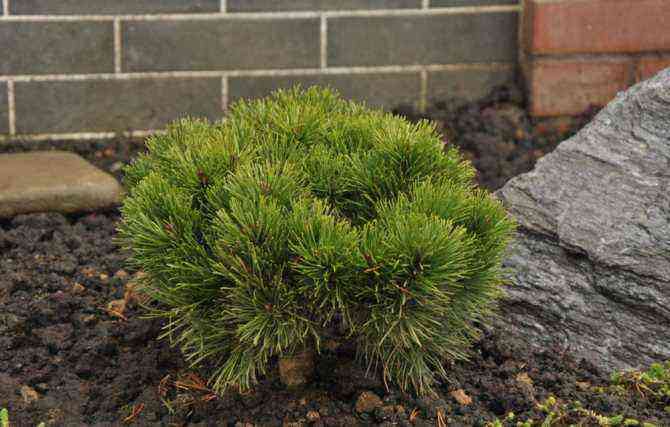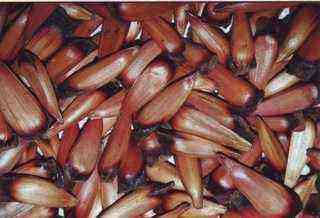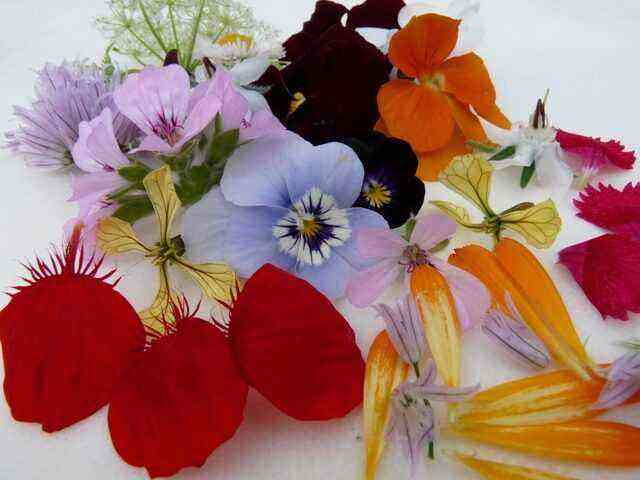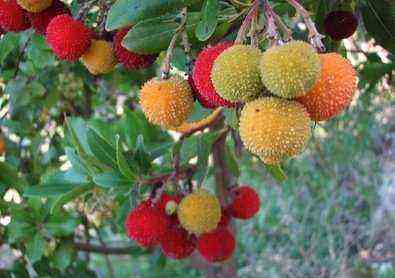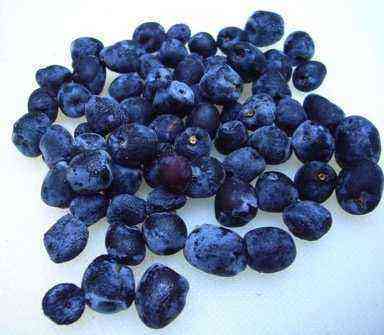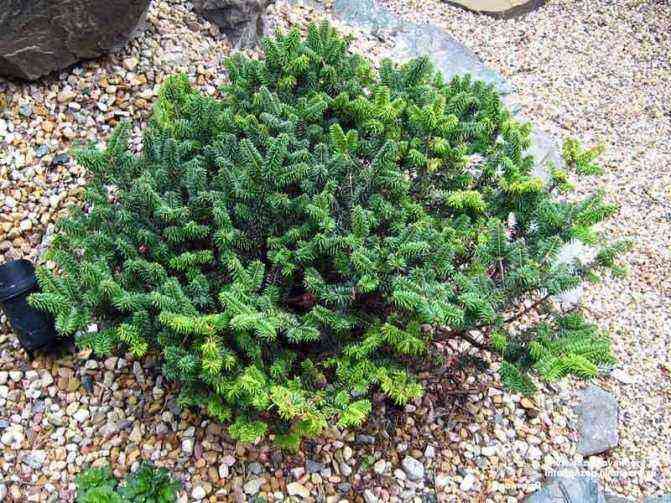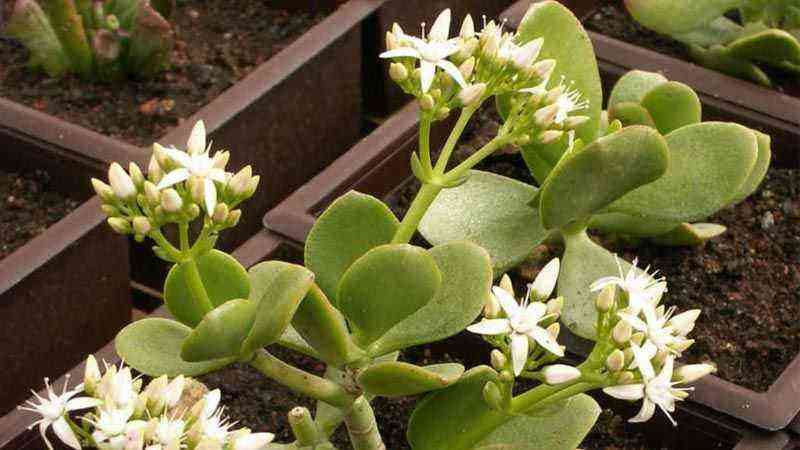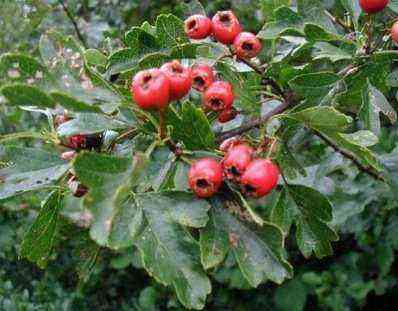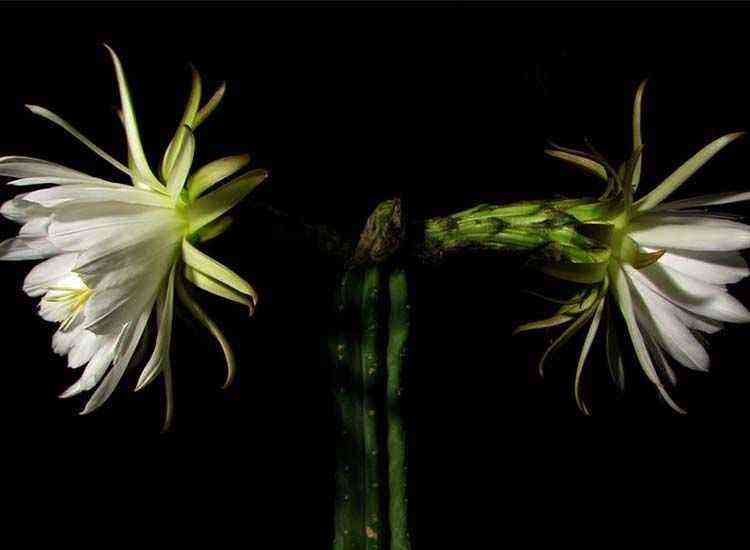Citrus scent and eye-catching blooms for the garden
One of its common names is Wild Bergamot, which has nothing to do with the Bergamot of Italy whose essence aromatizes both culinary recipes and perfumes. In this case and in order not to mislead, we are talking about Monarda didyma, a plant whose aroma is reminiscent of oranges and since Bergamot stands out for its essence, this ornamental has received this common name.
Ornamental and aromatic. Little more could be asked of the Monarda didyma
For a garden, of course, what we ask of the plants we plant in it is their ornamental characteristic. Colors, shapes and their infinite combinations make your garden something unique. But if in addition to the ornamental part we get aromas, then we will have curled the curl. The star of the stars is of course the rose, but if we delve a little more into the gardening variants that we can find, we will discover a universe of options. Today we scrutinize a little to show you how this flower (Monarda didyma) can be a before and after in your garden thanks to its flowering so special, and its orange scent; no, we do not suffer from synesthesia, we mean the smell of oranges. 😉.
Monarda didyma it is not characterized by having a remarkable foliage. In fact, it is quite normal and does not attract too much attention, but even so, it is foliage and always gives freshness to the whole peeeeero garden … since from the web we cannot transmit odors, we tell you that the leaves, still not being a complement spectacular visual, they are the ones that give the citrus fragrance that characterizes this plant so much. Thus it has earned a good place in countless gardens thanks to this quality that has given it its common name of wild Bergamot among others. If in addition to the smell we add the flowers that unfold during the summer then we already have the perfect complement. Varieties have been selected according to their flower color and there are red (the most famous), purple, white …
One of the varieties best known for the red of its flowers is the Cambridge Scarlet of which we leave you a photo.
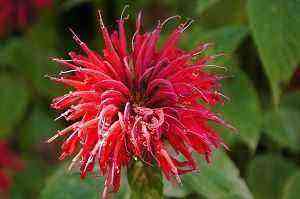
Monarda didyma Cambridge scarlet. Foto de: Rich Hubbard
Regarding its dimensions, say that it will reach around one meter after approximately 3 years and its extension on the ground can reach 50 cm, although it is usually somewhat less.
If we have convinced you with its ornamental and aromatic properties, we will tell you a little about what you need to grow it
First of all we have to say that they are flowers that need certain care and more in our latitudes (Spain). The Cantabrian coastal area is a good option due to its humid conditions. In continental or drier areas, we have to provide water as we will see later, but first let’s start with temperature tolerance.
Temperatures and sun exposure
We must not fear winters as it can bear the -20ºC No problem. Of course, it needs a good dose of sun in the spring and summer periods so it is not advisable to place it in excessively shady areas. Yes tolerates areas of semi-shade.
Soil and irrigation
The soil must be well nourished, it cannot be poor soils so we have to ensure good fertility with a good balanced compost. We must also ensure good drainage although not too much to allow very good water retention, since the total dryness of the soil should not be allowed. This limits the options for Mediterranean gardens but we think you could already imagine it. In the pH we have a little more range to play because it supports both some alkalinity and basicity so unless we have a very specific soil, we should not have too many problems.
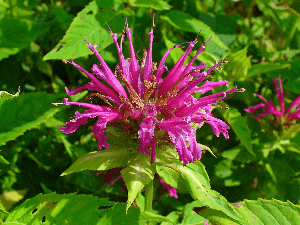
Source: commons.wikimedia.org
General care of Monarda didyma
- The contributions of fertilizers or compost must be made in spring in a vegetative state and of maximum development to allow an abundant flowering in the following months.
- In autumn when the flowering ends, the flower stems should be cut at ground level as far as possible.
- Multiplication can be done by both cutting as per division without major difficulties. The best time is spring as usual.
Plagues and diseases
They don’t usually have too many problems. If anything, it may suffer from powdery mildew due to excessive humidity and may be attacked by slugs and snails although it is not something to be overly concerned about. The fungal problems can happen if winters are too rainy. Simply observe, see the evolution and act accordingly in the event of a condition.
